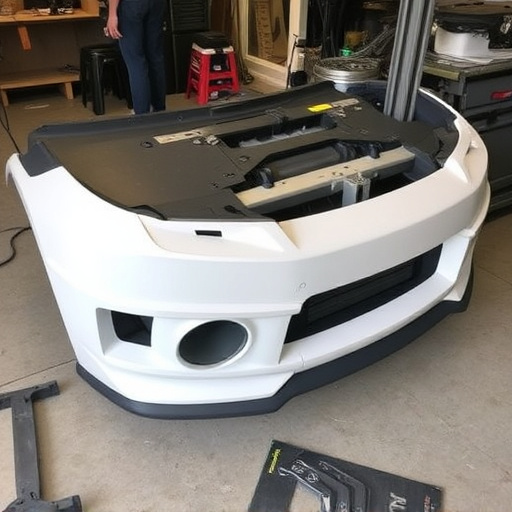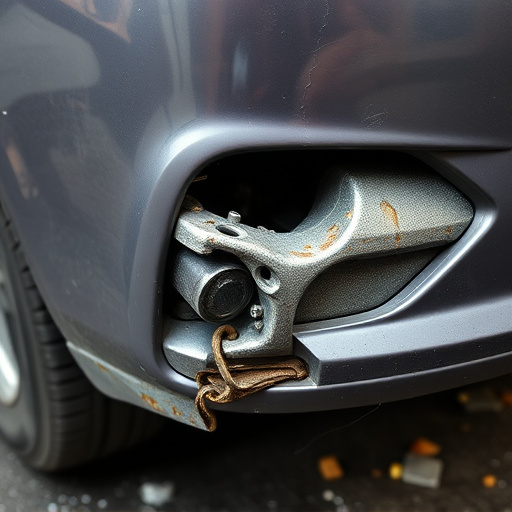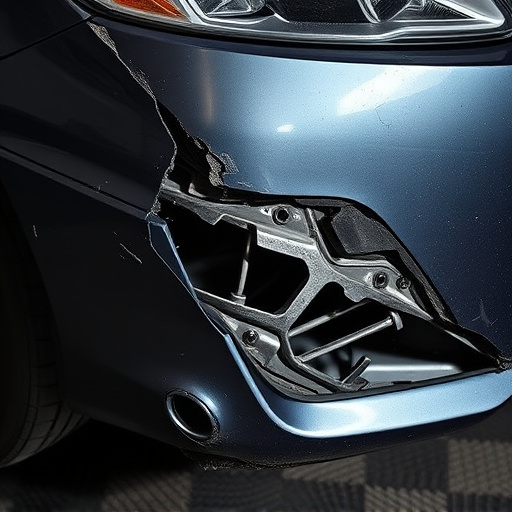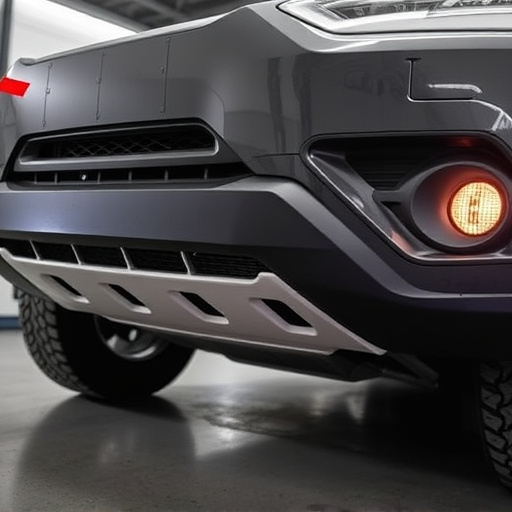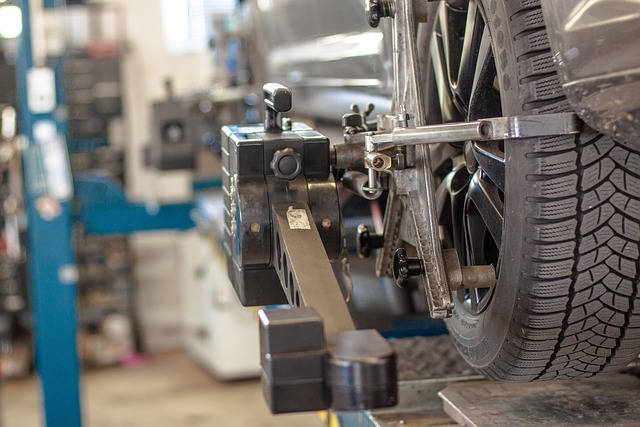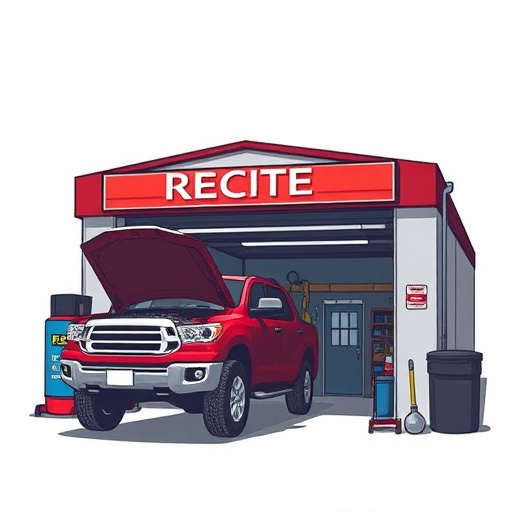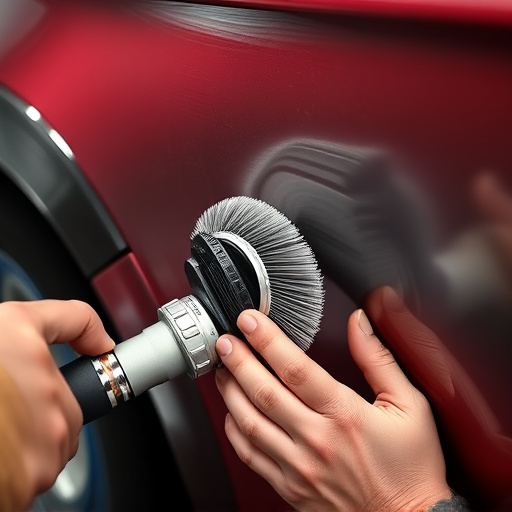Prompt identification and specialized care for interior trim damage in collisions is vital for effective vehicle repairs. Owners should inspect post-crash, document damage, communicate clearly with insurers, and engage reputable body shops using advanced tools like 3D scanning for precise measurements, ensuring pre-accident condition, aesthetics, and safety standards.
An interior trim repair collision can significantly impact your vehicle’s aesthetics and value, leading to complex insurance claims. This article delves into the intricacies of understanding and navigating such damages. We explore common types of interior trim damage from collisions and guide you through the process of filing an insurance claim for repairs. By understanding the evaluation methods and key considerations, you’ll be better equipped to manage the aftermath of a collision, ensuring fair compensation for your vehicle’s interior trim repair needs.
- Understanding Interior Trim Damage in Collisions
- Navigating Insurance Claims for Trim Repair
- The Process of Interior Trim Repair Collision Evaluation
Understanding Interior Trim Damage in Collisions
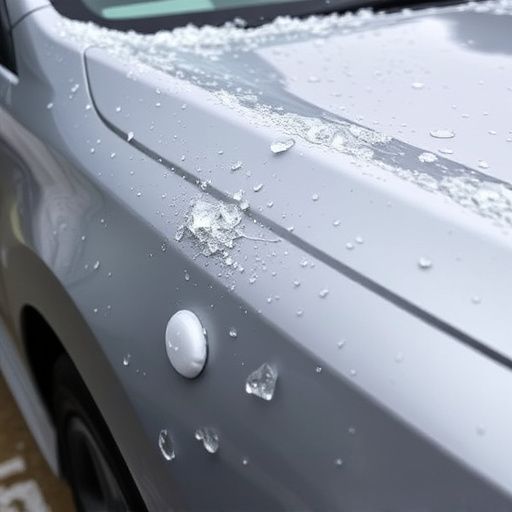
In the event of a collision, interior trim damage can be a significant concern for vehicle owners. Interior trim refers to the decorative and functional elements inside a car, including panels, doors, dashboards, and consoles. These components are often made of various materials like plastic, vinyl, fabric, and wood, each requiring specialized care during repair. Damage can range from minor cracks and scratches to more extensive issues such as torn fabrics, broken or missing parts, and even warped surfaces.
Identifying interior trim damage promptly is crucial for effective collision repairs. Vehicle owners should be vigilant in inspecting their cars after a crash, looking for any visible signs of harm. Prompt reporting of such damages to a reputable body shop is essential to ensure comprehensive insurance claims. Body shops specializing in these services offer expert assessments and employ advanced techniques for interior trim repair, ensuring the vehicle’s pre-accident condition and aesthetics are restored, along with providing excellent customer service and tire services when needed.
Navigating Insurance Claims for Trim Repair

Navigating Insurance Claims for Trim Repair involves a careful process to ensure that all necessary repairs are accurately assessed and accounted for. When an interior trim repair collision occurs, it’s crucial to start by documenting the damage thoroughly. This includes taking photos of the affected areas, keeping records of any initial assessments, and noting specific parts that need replacement. With these documents in hand, policyholders can file their insurance claims, providing clear details about the incident and the extent of the damage.
The next step is to communicate effectively with both the insurance company and a trusted collision repair shop. Policyholders should discuss the potential costs for trim repair, ensuring that any quoted prices align with industry standards. Reputable collision repair facilities offer expertise in interior trim restoration, utilizing specialized tools and techniques to fix or replace damaged components. Engaging with these professionals ensures that repairs are not only thorough but also aligned with manufacturer specifications, enhancing the vehicle’s pre-collision condition and potentially affecting future insurance considerations, such as reduced premiums for fleet repair services.
The Process of Interior Trim Repair Collision Evaluation
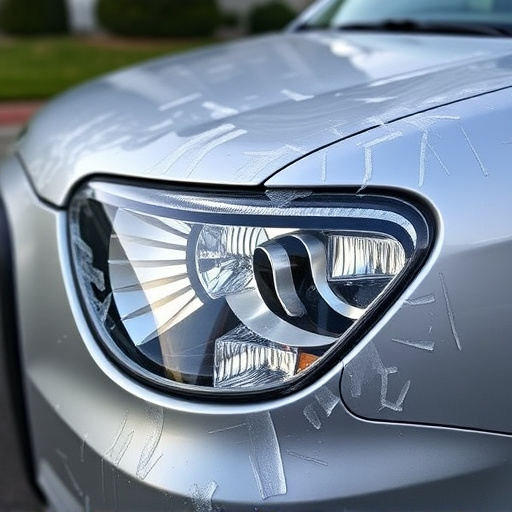
When an interior trim repair collision occurs, the evaluation process is a meticulous one. After the initial assessment, trained professionals will inspect every detail of the affected area, taking note of cracks, dents, or dislodged components. They’ll also consider the extent of damage to surrounding areas, as interior trim is often interconnected with other panels and mechanisms within the vehicle. This thorough examination forms the basis for determining the scope of work required in the auto body services needed.
The evaluation stage involves utilizing specialized tools and knowledge of automotive repair to diagnose the issue accurately. This may include 3D scanning technology to capture precise measurements, ensuring that every element is accounted for during the interior trim repair collision restoration process. The goal is to not only restore the vehicle’s aesthetic appeal but also ensure safety standards are met, demonstrating the importance of a comprehensive evaluation in collision repair centers.
Interior trim repair after a collision is a crucial aspect of insurance claims, ensuring vehicles return to their pre-accidental condition. Understanding the process, from evaluating damage to navigating insurance procedures, allows for efficient repairs and streamlined claims resolution. By recognizing the importance of interior trim repair collisions, drivers can better navigate their insurance journeys and restore their vehicles to their full aesthetic and functional value.
